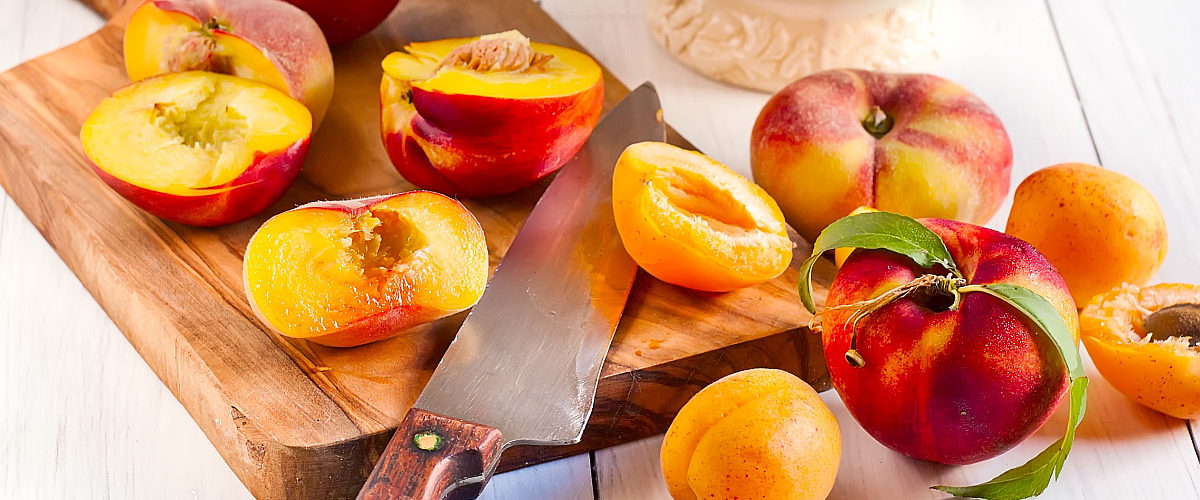When it comes to fruits and veggies, dietitians and other nutrition experts often encourage us to eat the rainbow. After all, each color packs its own powerful nutrients.
Today we’re focused on five fruits that remind us of the glowing summer sun. While it may be the quintessential color of fall, plenty of orange foods are ripe for the picking (or just as delicious!) in July and August.
“Many people see orange and think of the powerful antioxidant beta carotene,” says Aramark Registered Dietitian Bethany Green. “But these foods have even more to offer, including vitamin C and folate. Seasonal fruits taste delicious and are a healthy way to brighten up your plate.”
Orange you ready to feed your potential? Read on to learn the benefits of these fruits, and get ideas to use them.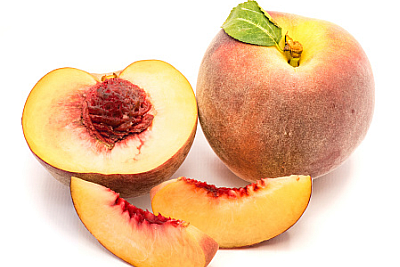
Peaches
There’s nothing quite like the drip-down-your-chin goodness that comes from biting into a ripe peach. Peaches contain 20-plus nutrients, including fiber, potassium, vitamins C and E, and beta carotene (which your body converts into vitamin A).
Did you go a little overboard at the farmers’ market? We know just how to salvage those surplus peaches, or ones with light bruising. Chop up a peach salsa and you’ve got the perfect topping for tacos, chicken, or fish. For a refreshing sorbet, blend 4 cups of frozen slices with plain yogurt, honey, and lemon juice. Or add a layer of fresh peaches to your kid-friendly parfait.
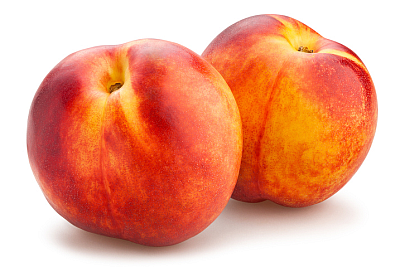 Nectarines
Nectarines
You could think of a nectarine as a “bald” peach—one that’s smaller, firmer, and missing its fuzz. But inside they are very much alike! Both are stone fruits (meaning they have large, hard seeds) and their flesh can be either yellow or white. They come in freestone or clingstone varieties, which simply describes how easily the pit separates from the flesh.
Nectarines have an equally impressive nutritional profile. A medium-sized fruit clocks in at a mere 60 calories and offers the health benefits of beta carotene, vitamin C, potassium, and lutein, which supports healthy eyes and skin.
They might be sweeter and more fragrant than peaches, but nectarines can also have a zingy aftertaste. Use them interchangeably, whether you’re baking one into a sweet treat, grilling one for a BBQ, or slicing one up for an afternoon snack.
Apricots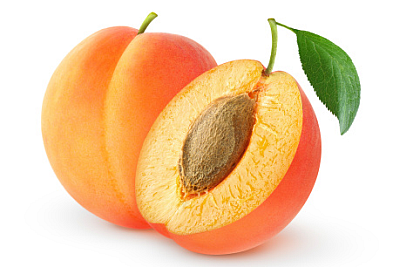
Fun fact: Apricot means “precious” in Latin, and rightly so because it ripens earlier than other summer fruits. These stone-fruit gems range from golden yellow to orange with a hint of red. They are an excellent source of beta carotene and also provide vitamin C, fiber, iron, and potassium. Snack on three fresh apricots (or 1/2 cup of canned) and you’ll get 30% to 45% of your recommended daily amount of vitamin A.
Apricots’ sweet-and-sour flavor makes them surprisingly versatile. To change up your morning smoothie, combine with banana, nutmeg, cinnamon, honey, milk, and oats for extra fiber. Try throwing apricots on the grill and serve with vanilla frozen yogurt for a healthy dessert. Dried apricots can also give your trail mix and grain side dishes (think brown rice or couscous) a gorgeous touch of color.
Cantaloupe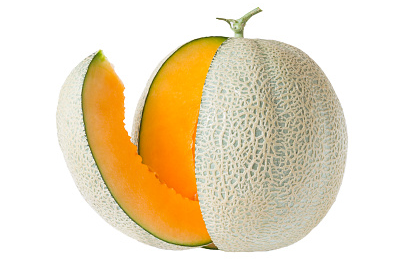
That lovely orange hue? Yep, it’s a sure sign that cantaloupe is bursting with nutrients. It is an excellent source of vitamin A (via beta carotene) and also boasts vitamin C and potassium. And like most fruits, cantaloupe is mostly water—almost 90%! Eating foods with high water content helps you stay hydrated throughout the day.
We won’t stop you from enjoying melon on its own: Cut in half, scoop out the seeds, and either grab a spoon or slice further into moon-shaped pieces. Want to try it in other snacks and meals? Top balled cantaloupe with cottage cheese or Greek yogurt for added protein, a nutrient largely absent in the fruit itself. Or blend it with onion, jalapeno, cucumber, and red bell pepper for a nutrient-packed gazpacho that will cool you off in no time.
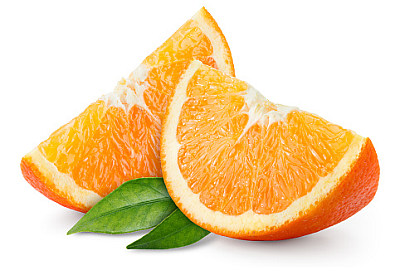 Oranges
Oranges
Last but not least! You probably know and love Valencia, Navel and Blood Oranges but did you know there are actually hundreds of orange varieties available around the world? Long touted for its immunity-boosting vitamin C content, this breakfast staple pulls its nutritional weight in more ways than one. Your average orange offers soluble fiber, potassium, and flavonoids—all for only 60 calories.
With their thick, durable skin, oranges are the ideal on-the-go snack. To get cooking with them, treat your taste buds to a new salad recipe, like our Roasted Beet and Orange Salad with Citrus Vinaigrette. Citrus flavor tends to complement Asian dishes well; try adding oranges to a wrap made of chicken sautéed with peppers, onion, garlic, ginger, soy sauce, and a touch of brown sugar. Or keep it simple and garnish your water with an orange slice on those blistering days.
Note: Since everyone’s health history and nutritional needs are so different, please make sure that you talk with your doctor and a registered dietitian to get advice about the diet and exercise plan that‘s right for you.

